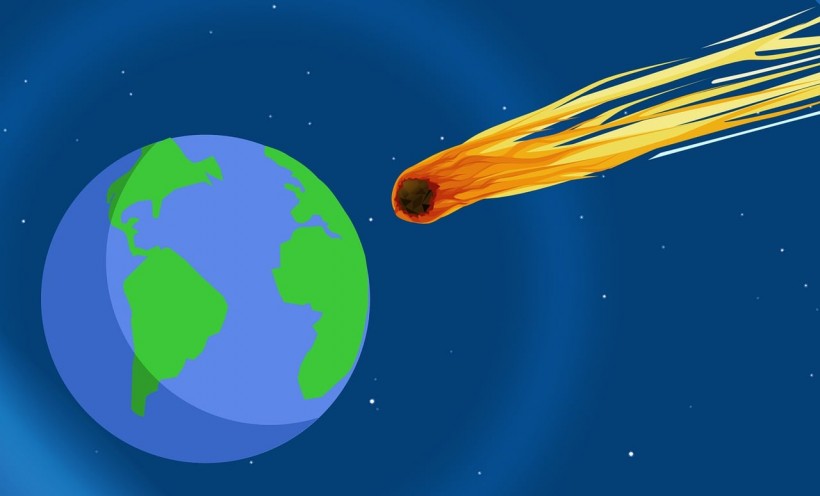If an asteroid as big as the Chicxulub impactor were to strike Earth today, it would unleash a shock wave more potent than a hydrogen bomb, leveling forests and inducing tsunamis. Cities would crumble under a seismic pulse equivalent to a magnitude 10 earthquake.
Post-impact, a cloud of hot dust, ash, and steam would block out the sun, casting the Earth into a deep freeze. Luckily, there's a good chance the world would be aware of the impending danger. Thanks to NASA's involvement, proactive measures are being taken to prevent this potential apocalypse.

NASA Reveals Plan Prevent Apocalypse, Defend Earth Against Potentially Hazardous Asteroids
NASA's Planetary Defense: Tracking and Alerting on Hazardous Asteroids
Lindley Johnson, Lead Program Executive for the office emphasized that it is NASA's Planetary Defense Coordination Office's duty to oversee the identification, tracking, and risk assessment of potentially hazardous asteroids with the intention to locate these threats before they become dangerous.
NASA partners with the International Asteroid Warning Network (IAWN), a global coalition of astronomers. If a hazardous asteroid is detected, IAWN follows specific procedures to alert the public. The information is shared across the IAWN network, verified, and evaluated for its potential danger.
Once consensus is reached, NASA issues an alert. In the case of an asteroid heading towards the US, the White House would be notified, and a formal statement released. If the threat is international, IAWN would notify the United Nations Office of Outer Space Affairs.
Identifying potentially hazardous asteroids involves tracking those larger than 460 feet across, intersecting Earth's orbit within a minimum distance of 0.5 astronomical units. There are approximately 2,300 known potentially hazardous asteroids, with about 153 exceeding 0.6 miles across.
To monitor them, NASA and IAWN partners continually search for new asteroids and track known ones, compiling observations into a database at the Minor Planet Center.
IAWN has identified over 34,000 near-Earth asteroids, allowing NASA to predict their orbits confidently for at least a century. While there's a minimal chance of the potentially hazardous Bennu asteroid impacting Earth in 159 years, NASA is prepared with defensive strategies in case such an event becomes imminent.
READ ALSO: Debris From Dimorphos, NASA's Dart Mission Target Left a 10,000 Kilometer Trail [Look]
Detecting and Tracking Near-Earth Objects (NEOs)
While NASA regularly monitors near-Earth objects (NEOs) of various sizes, Congress has specifically tasked the agency with identifying and tracking NEOs measuring 140 meters or larger, as they could pose significant threats if they were to impact Earth.
These larger objects can be detected well in advance compared to smaller ones like 2024 BX1. Despite being tiny and harmless, asteroids like 2024 BX1 serve as valuable demonstrations of NASA's planetary defense capabilities, showcasing tools such as Scout's rapid-response trajectory computation and impact alerts.
The asteroid's impending impact was predicted through observations at Hungary's Konkoly Observatory. Detected less than three hours before impact, Scout, NASA's Center for Near Earth Object Studies (CNEOS) tool, calculated its trajectory and impact probability.
As more observations were reported, Scout refined calculations, reaching a 100% probability 70 minutes after discovery. The asteroid disintegrated over a populated area, leading to widespread online documentation.
Tracking NEOs has become more sophisticated, and recent discoveries, like 2024 BX1 and 2023 CX1, detected hours before entering Earth's atmosphere, provide valuable exercises for NASA's planetary defense program. These harmless events help NASA refine its mitigation strategies for potentially hazardous objects on collision courses with Earth, ensuring preparedness for future scenarios.
RELATED ARTICLE: Can Humanity Deflect Potentially Hazardous Asteroids? NASA's DART Mission Successfully Changed the Trajectory of Space Rock Dimorphos
Check out more news and information on Space in Science Times.














